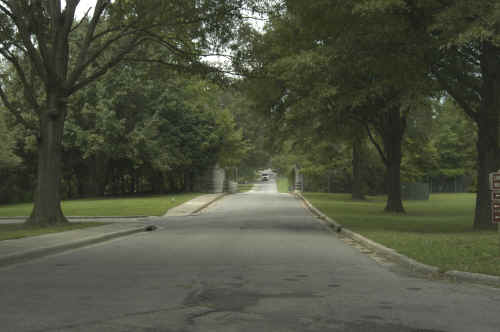   |
| (home) |
Mission Statement
|
Brief History (Click here for a more detailed timeline) James Dobbin (1814-1857) ensured the passage of the bill establishing a state insane asylum, later named for Dorothea Dix. Dorothea Dix came to North Carolina to lobby to establish a state insane asylum. Staying at the Mansion House Hotel in Raleigh, Dorothea learned of a woman lying critically ill in one of its rooms. She went at once and set about nursing and comforting her.
The sick woman was the wife of James C. Dobbin of Fayetteville, an influential member of the legislature. Dorothea spent all the time possible with Mrs. Dobbin. When she died on December 18th, Dorothea traveled to Fayetteville for the funeral. Deeply appreciative for Dorothea's kindness, Mrs. Dobbin-just before her death-asked her husband to support the "asylum" bill. Hearing of the defeat of the measure to raise money for the project, Mr. Dobbin hurried back to Raleigh from his wife's funeral and made a stirring plea for reconsideration of the bill, developing a workable compromise for raising the funds required. The bill passed the House in late December and the Senate, December 30, 1848. In the 1890's state hospitals were admitting alcoholics, drug users and epileptics as patients. In an effort to reduce the increasing number of patients, the legislature mandated the transfer of the insane criminals back to the central penitentiaries in the 1890's. The Insane Law of 1899 changed the name of the asylum to "The State Hospital at Raleigh", and revised the code for admission of the mentally ill to hospitals. For the first time there was "voluntary" admission. In the early 1900's citizen pressure forced the NC Legislature to increase capacity at all state hospitals. An epileptic colony was established to the rear of the hospital on 1,155 acres of land, known as the Spring Hill Farm and the Oregon Farm. It was purchased by the state from Mrs. Elizabeth Grimes. She was the widow of William Grimes, a wealthy plantation owner from Eastern North Carolina. By 1911 a training school for the retarded in Kinston, NC removed these patients from the hospital. |

